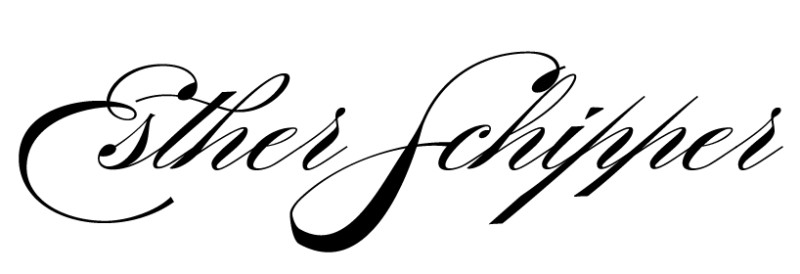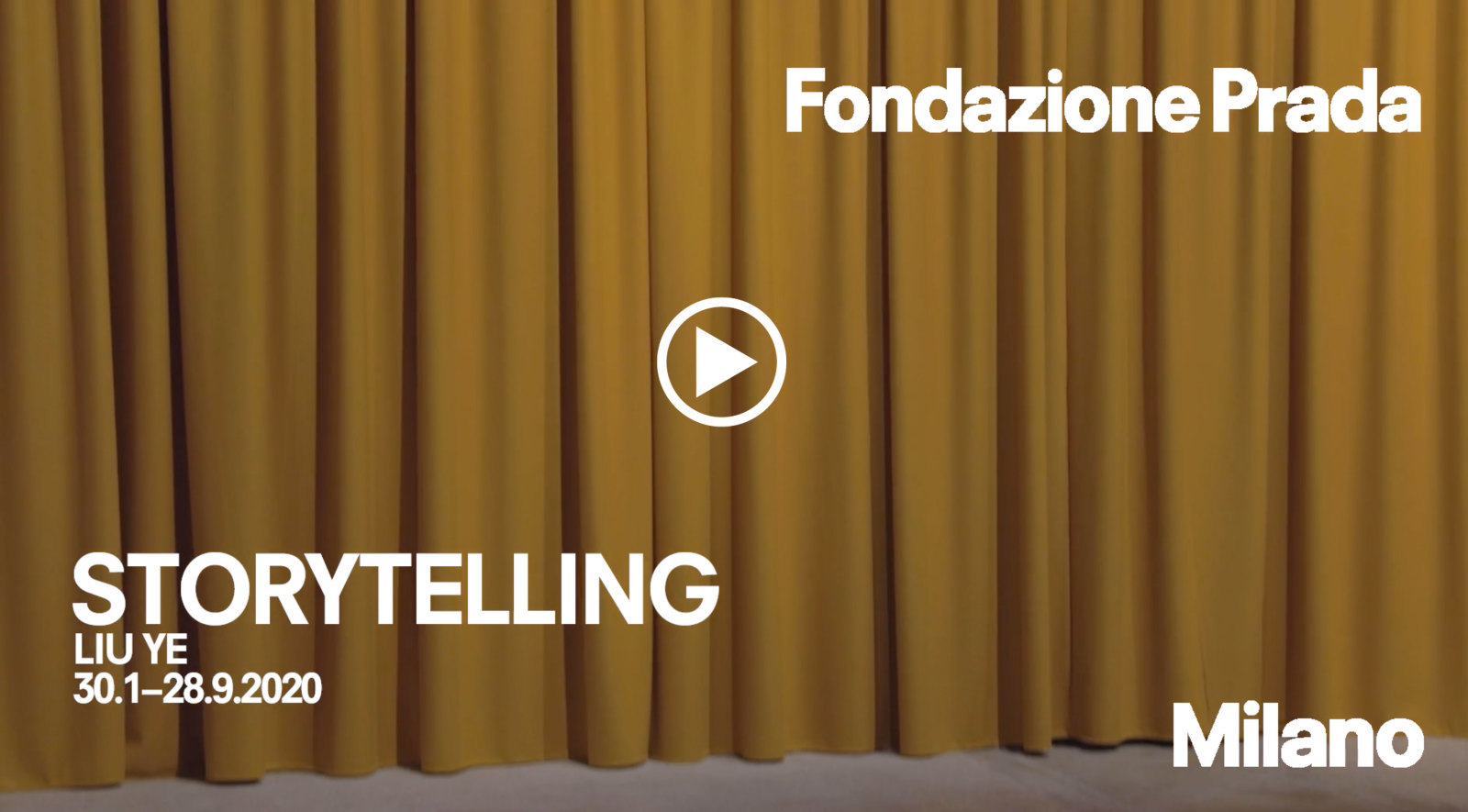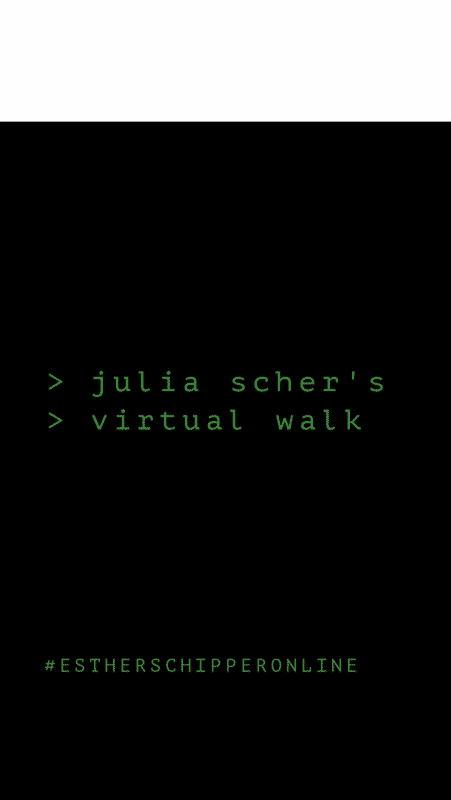Welcome to our second Letter from Berlin!
This week we visit Isa Melsheimer’s exhibition at the KINDL – Centre for Contemporary Art in Berlin.
As more institutions adjust to the current situation and offer virtual tours of their exhibitions, we highlight Fondazione Prada’s video of Liu Ye’s exhibition Storytelling.
Under the heading Messages from Home, we share videos from our artists as they open their (temporary) studios or share their responses to the situation. This week from Christoph Keller and Anri Sala.
By now a regular feature on our Instagram account: Julia Scher's virtual walk. Find it on our Instagram account every other morning.
Our team has been busy too: we share our staff picks, posted on Instagram every Tuesday.
Please check our social media channels for our new formats, as we continue to connect you with our artists, their works and ideas.
Read this in good health.
|
|
|
Isa Melsheimer at the KINDL in Berlin
|
|
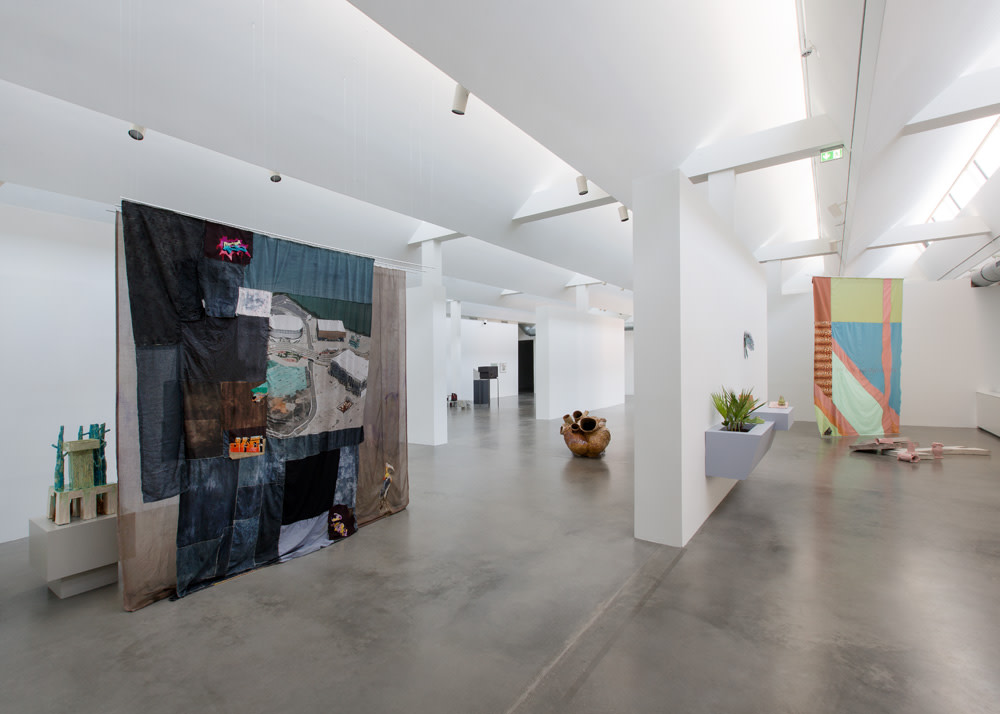 | Exhibition view: Isa Melsheimer, Der unerfreuliche Zustand der Textur, KINDL – Centre for Contemporary Art, Berlin, 2020. Photo © Oliver Mark | |
|
Isa Melsheimer’s works are quite fun to unpack: clusters of far-reaching associations--personal, literary, historical, philosophical, architectural—are massed into their intense materiality, as unexpected details pop out and demand an immediate response which can include curiosity, disbelief, laughter—and even a bit anxiety when the works are colossal mountains made of shards of glass.
This is why my virtual visit will focus on a few works: heaping the detailed references onto each of them undermines the artist’s light touch, the playful arrangement she has created at the KINDL. The references—which building is cited and why—and, many more views and close-ups of details can be found in our dedicated Online Viewing Room which is linked below.
Curated by Kathrin Becker, Isa Melsheimer’s exhibition at the KINDL brings together works from 2012-2019 and includes concrete, ceramic, textile, gouaches and her planted Wardian Cases.
Housed in a former brewery, the KINDL opened in 2016. The red brick building, constructed in 1927, consists of three interlocking volumes, foremost among them the 37,5 meters high tower reminiscent of a church spire or bell tower but in fact formerly the location of a water tank, silo and malt mill.
The exhibition runs across the top level of the KINDL’s so-called Maschinenhaus. The skylights created by the saw-tooth (or shed) roof appear to alternate with bulging parallel fins that run across the entire ceiling. Short walls punctuate the floor but keep the visitor’s movements flexible and sight lines open. In other words, a perfect scenario for Isa Melsheimer to intuit old and new dynamics of the space.
|
|
|
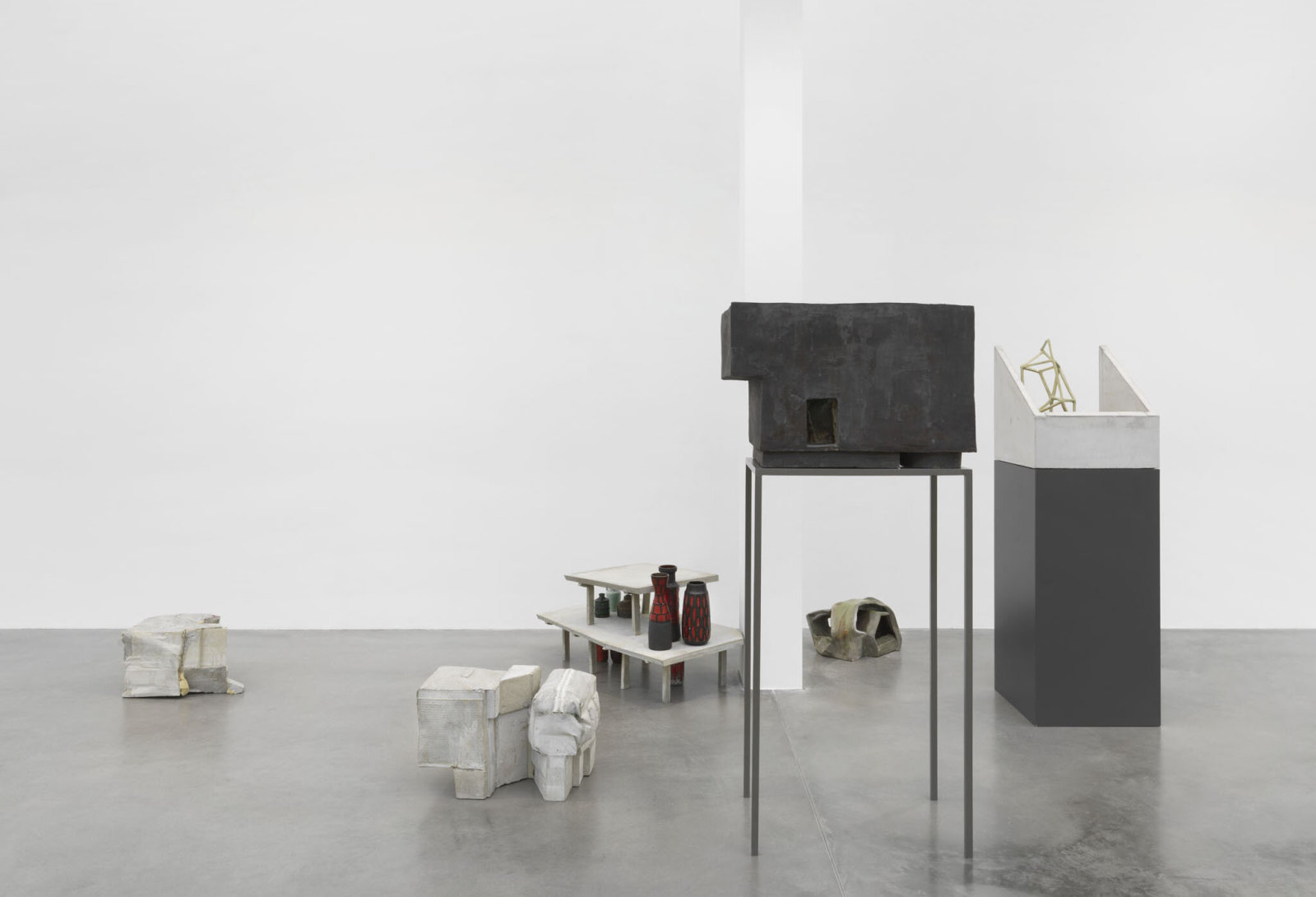 | Exhibition view: Isa Melsheimer, Der unerfreuliche Zustand der Textur, KINDL – Centre for Contemporary Art, Berlin, 2020. Photo © Jens Ziehe
| |
|
The artist has created small thematic groups akin to clusters of related interests: an assembly of concrete works that combines buildings from several bodies of works—based on Japanese literature, modernist, brutalist, utopian architectural sites—that together constitute a small cityscape across her oeuvre.
Another area is dedicated to the body of work begun during her artist residency on Fogo Island, an island in Newfoundland, on Canada’s Atlantic coast. Oceanic creatures and wild seascapes began to appear in her work and the relationship of architecture with its natural surroundings became more pronounced. Of course her gouaches have long introduced fantastic flora and fauna into their architectural locations, but the idea of a metabolism of architecture—almost an animistic notion of the house not as machine but as living organism—has become more pronounced in recent years, perhaps also as a function of the global ecological crisis. |
|
|
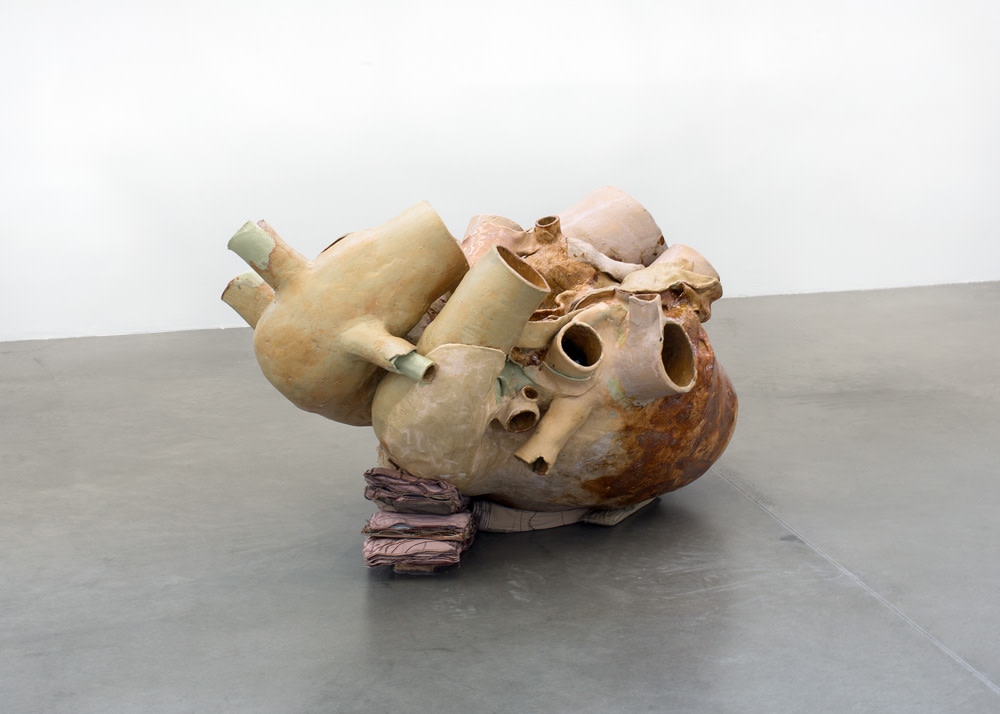 | Isa Melsheimer, Walherz, 2018, ceramic, glaze, 80 x 120 x 80 cm. Photo © Oliver Mark
| |
|
At the center of the space then we find a heart. Fusing organic and architectural references, the large-scale ceramic combines a near life-sized approximation of the animal organ with a hidden internal support structure that formally refers to a Fiat factory in Turin.
Point of departure for Walherz was a story the artist read in a German newspaper: removed from a beached blue whale in Newfoundland, the animal's giant heart had been sent to Germany for preparation before being returned to a museum in Toronto.
If you look inside—and it’s hard not to be curious about this object that eerily, if remotely, resembles our own heart—you will see a geometric frame supporting the construction. Its form draws on the iconic ramps of the Fiat factory building in Turin, Italy. Begun in 1916, the expansive factory, or Il Lingotto, as the structure was later popularly known, was modeled on contemporaneous American factories. Yet it also included unusual architectural features, among them a famous 1200m test track on its roof (completed in 1921) and the equally original ramps, Rampa Nord and Rampa Sud (built in 1925 and 1926). It is these ramps spanning five floors to which the interior of the whale heart refers. In the early 1980s and 1990s Renzo Piano oversaw the transformation of the factory into a shopping center.
This is what I mean with heaps of references. And yet, Melsheimer’s approach is never didactic. Her works can take you on a road of discovery: you can decide how far to travel, how deep into the web of associations to delve.
|
|
|
 | Exhibition view: Isa Melsheimer, Der unerfreuliche Zustand der Textur, KINDL – Centre for Contemporary Art, Berlin, 2020. Photo © Oliver Mark | |
|
The small self-regulating worlds of the artist’s Wardian cases are another case in point. Generally created from seeds the artist has surreptitiously picked up during visits to specific botanical gardens around the world, one of the cases at the KINDL was seeded with plants from Fogo Island. Recalling the history of the cases—as instrument of imperial power—she reenacts the colonialist’s impulse. The consequences of the invention of these enclosed miniature worlds around 1829 is hard to exaggerate. Facilitating transport of live plants, it broke China’s monopoly on tea, Brazil’s rule over rubber, and brought Quinine to the West. The entire notion of a globalized trade in fruits was initially fostered by the plants that brought bananas to England, mango grafts to Australia, and, generally, tropical plants to European greenhouses. As such the Wardian case was essential for imperial growth, but it also was a mainstay of bourgeois decoration—a Wunderkammer for the salon or living room.
Isa Melsheimer’s Wardian cases are small self-enclosed worlds, just as her ongoing series of gouaches has created an entire realm of more or less fantastic architectural sites. Based largely on the images found in architecture books or online archives, she has populated the sources with figures, animals and crystalline formations. An octopus, foxes, peccaries—the animals seem exotic because of their contexts or scale as in the case of the octopus. The recent news, untrue it turned out, that dolphins were currently repopulating Venice created a lot of media excitement. Yet the animals or objects in the artist’s gouaches can be either fantastic or read in more ominous terms: nature taking over, reclaiming territory. But Isa Melsheimer’s works are too lighthearted, imaginative, awe-inspired, even if, as for example with the Wardian cases, there is a rich subtext.
|
|
|
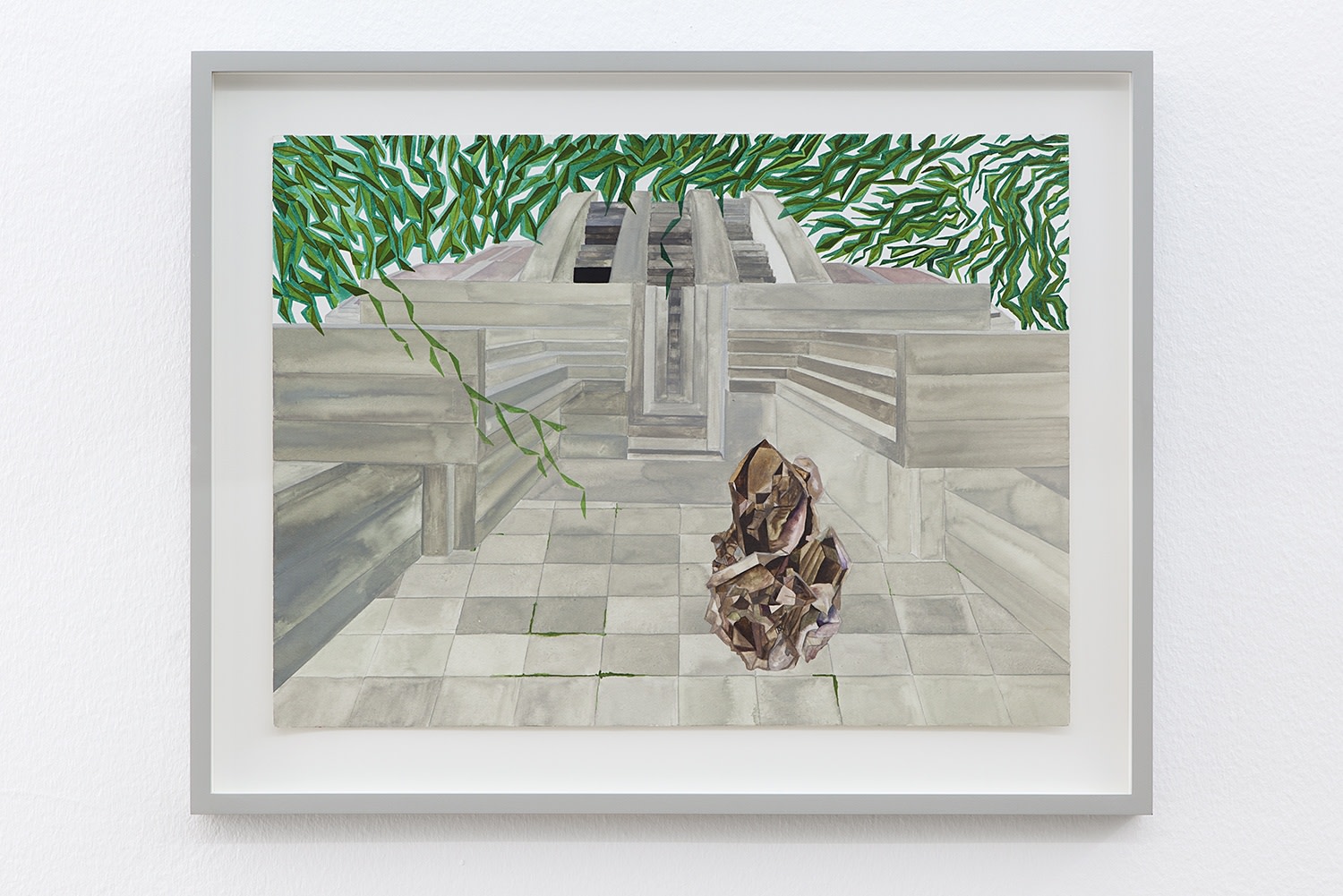 | Isa Melsheimer, Nr. 316, 2013, gouache on paper. Photo © Andrea Rossetti
| |
|
Architecture of course is perhaps the oldest of arts, serving the fundamental need for shelter. At the same time, the artist’s focus on modernism (and its subsequent articulations in brutalist and postmodernist structures) grounds the buildings, makes them artifacts of a particular moment. It’s a language with which we are familiar, in the case of brutalist architecture—a topic for Melsheimer since about 2014—an at times unloved, half-forgotten dialect that has returned from disregard. Many of these buildings however no longer exist—the artist’s concrete series and her gouaches are homages and perhaps a kind of warning—to look closely at what is around us and to preserve sites even if their appreciation waxes and wanes.
There is a certain chill that comes with the trope of architectural photography right now. Pictures in architecture books always seemed very specific, very functional: bare buildings, sometimes a single patio chair or a lone gardener is visible in the grainy images of long-lost modernist houses. Larger complexes are often shot right after completion—before the surrounding area has been landscaped and life has changed them—or derelict. At any rate: near empty.
Deserted streets are a fundamentally frightening, uncanny sight. There is a prescience of this uncanny need for inhabitants to give life to architecture, of which the fantastic beings in Isa Melsheimer ‘s gouaches are reminders. Her inhabitants are a playful counterpoint that also spills over onto the finely embroidered panels she has created for many years. Similar to collages, they can consist of different fabrics and a mashup of references, among them historical motives or those from pop culture, individual structures or short statements. Existing in a hybrid state they can be read as panels (even pictures) or screens, opening into other fantastic worlds or dividing a room. In her exhibition they function in both ways: punctuating the space and creating a backdrop for thematic groupings.
|
|
|
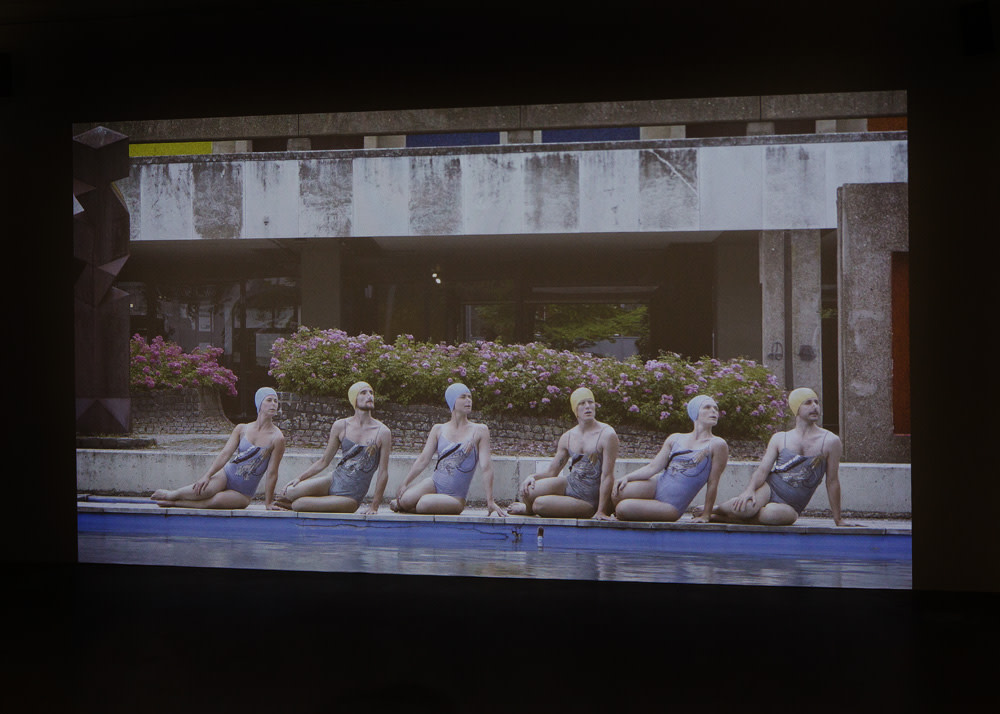 | Isa Melsheimer, Wasserballett für Marl, 2017, video (colour, sound), mask (cloth, cushion batting, thread, wire, screen), duration 07:48 min. Photo © Oliver Mark | |
|
I leave you with a film the artist produced on occasion of the 2017 Urban Lights Ruhr Festival in Marl, near Munster. It was shot on location, in a large fountain which is part of a public square within a building complex from the 1960s. Switched-off in recent years because of damage and financial restraints, Melsheimer had the basin filled with water and staged a water ballet with synchronized swimmers. It goes to show what you can do with a repurposed fountain. Town Halls can take a little silliness, even as, characteristic of Isa Melsheimer’s approach to all things architecture, it is mitigated by larger issues: urban renewal and decay, a loving attention to the overlooked sometimes idiosyncratic wonders all around us.
—Isabelle Moffat
The entire film can be watched in our Online Viewing Room where you will also find many more views of the exhibition and details on works.
The exhibition is currently closed but scheduled to remain on view through July 5, 2020. |
|
|
New Online Viewing Room – Isa Melsheimer
|
|
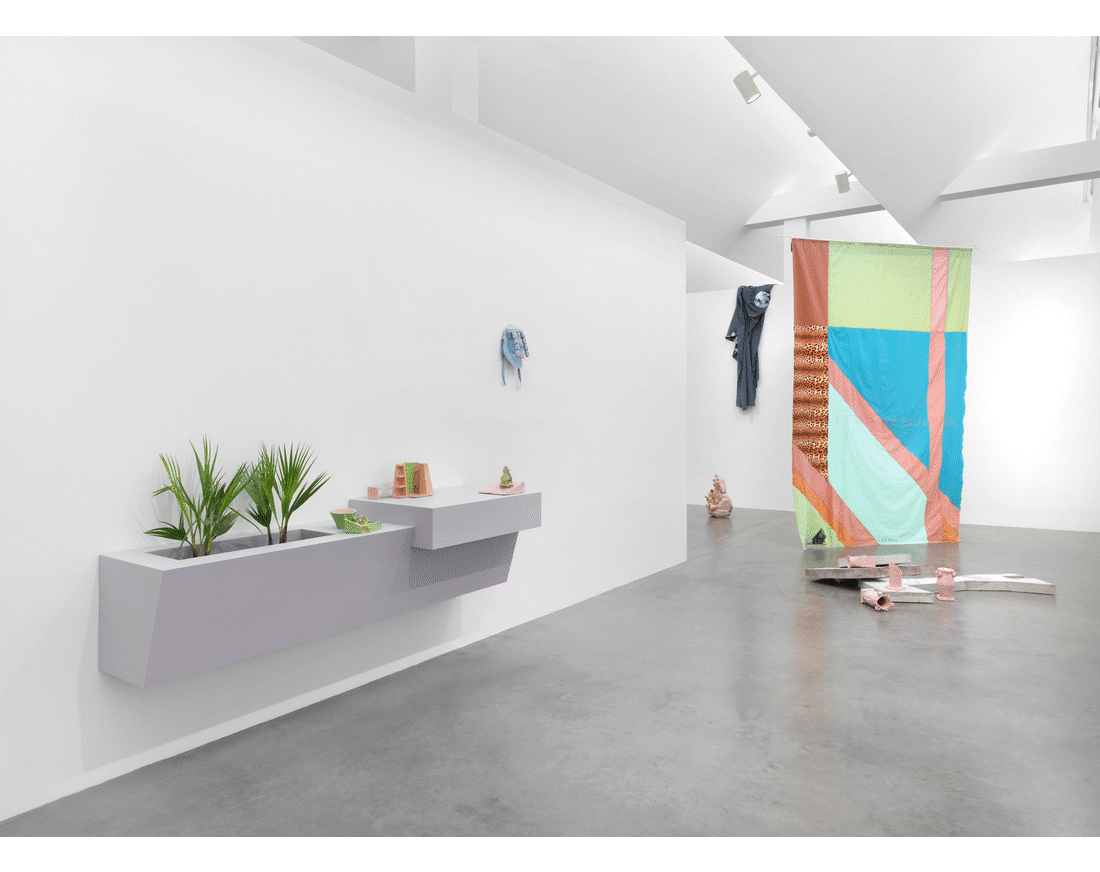
| Exhibition view: Isa Melsheimer, Der unerfreuliche Zustand der Textur, KINDL – Centre for Contemporary Art,
Berlin, 2020. Photo © Jens Ziehe
| |
|
Due to the temporary closure of KINDL – Centre for Contemporary Art, Berlin, follow Isa Melsheimer in an exclusive behind the scene tour of her solo exhibition, Der unerfreuliche Zustand der Textur. The artist engages in depth with the exhibition space of Maschinenhaus M2, traces its energy flows, and places her objects like markings within the architecture. See inside the exhibition
|
|
|
The Fondazione Prada has produced a walk-through of Liu Ye’s exhibition entitled Storytelling with an engaging and thoughtful commentary by the artist and the curator Udo Kittelmann. Following the first iteration held in 2018 at Prada Rong Zhai in Shanghai, Liu Ye's solo exhibition in Milan features a selection of 35 paintings realized from 1992 onwards.
The exhibition is currently closed but scheduled to remain on view through September 28, 2020. |
|
|
In times like these it’s important to stay connected with one another. With this in mind, we’ve asked our artists to share short messages on how they’re handling these uncertain times.
First to share was Anri Sala, who sent a message juxtaposing the closeness and remoteness between all of us right now. Based on the idea of a prolonged “life line” by using protection, it hints at social distancing as well as nodding to previous works by Sala. |
|
|
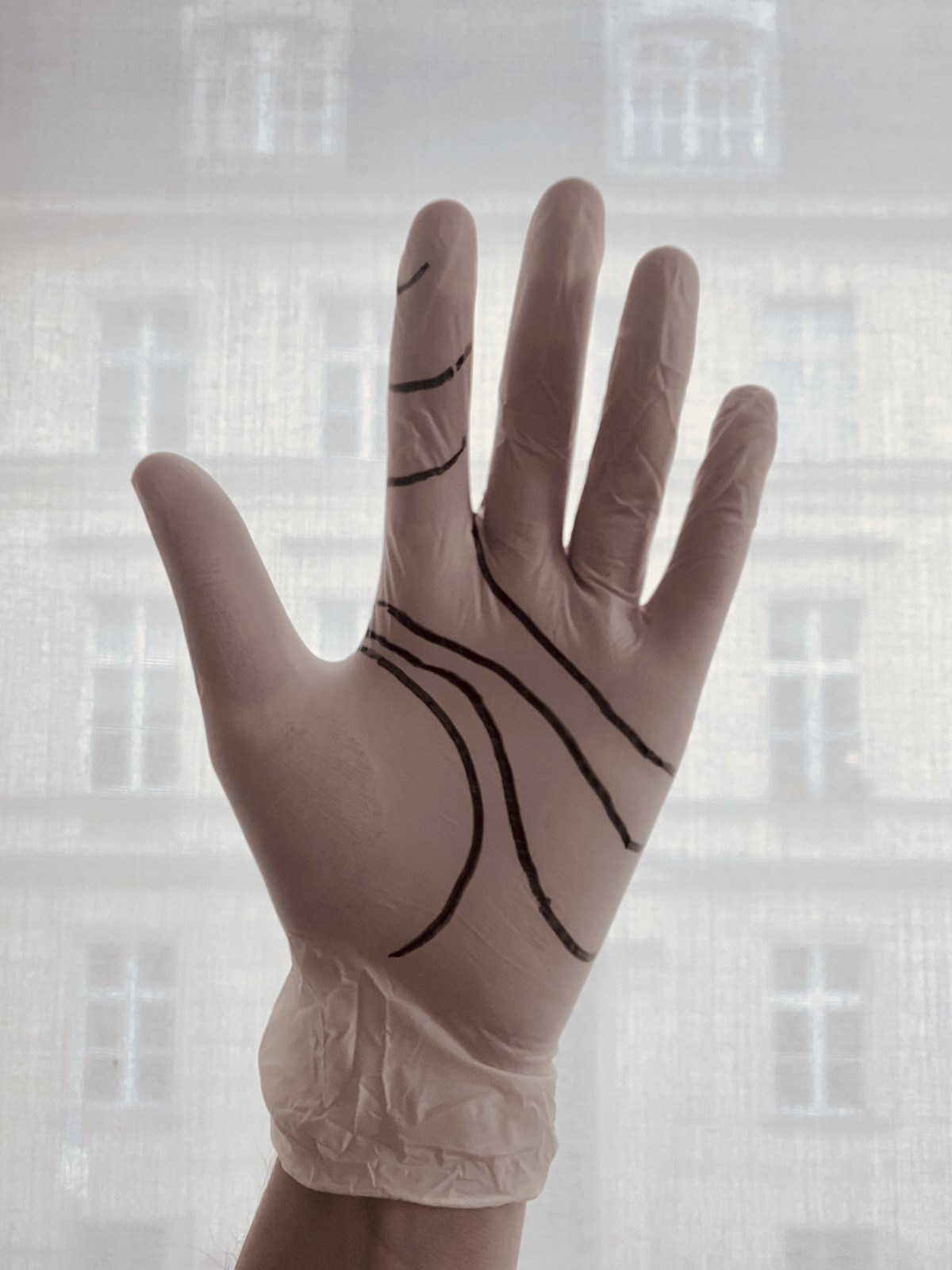
| Messages from Home – Anri Sala. Click the image to view the message | |
|
Next up is Christoph Keller, who in the next days will be sharing this playful starter-kit on making masks. Check our Instagram account early next week to see the full video.
|
|
|
 | Messages from Home – Christoph Keller | |
|
Julia Scher's Virtual Walk
|
|
This past week on Instagram Julia Scher started taking us on her virtual walks that combine her own images, pictures sent to her and found ones. For the last twenty years, her research has explored social control dynamics in the public sphere, focusing especially on themes of surveillance. Her projects have taken the form of interactive installations, reformulated surveillance, site tours, interventions, performances, photography, writing, online projects, linear video, and sound.
|
|
|
A Little Something from the Esther Schipper Team
|
|
Over the coming weeks we are hosting a series asking members of the Esther Schipper team to speak about a personal connection to a particular artwork.
First up, Director & Artist Liaison, Leah Turner, talks about a poetic installation by Dominique Gonzalez-Foerster
“For a 2015 exhibition at Museu de Arte Moderna do Rio de Janeiro, Gonzalez-Foerster recreates a work from her art school days at Le Magasin in Grenoble. A grouping of white architect lamps crane their heads downwards, flooding red plastic buckets with luminous, warm orange light. A moment of pure poetry springs from an unlikely pairing of ordinary objects.”
— Leah Turner⠀ |
|
|
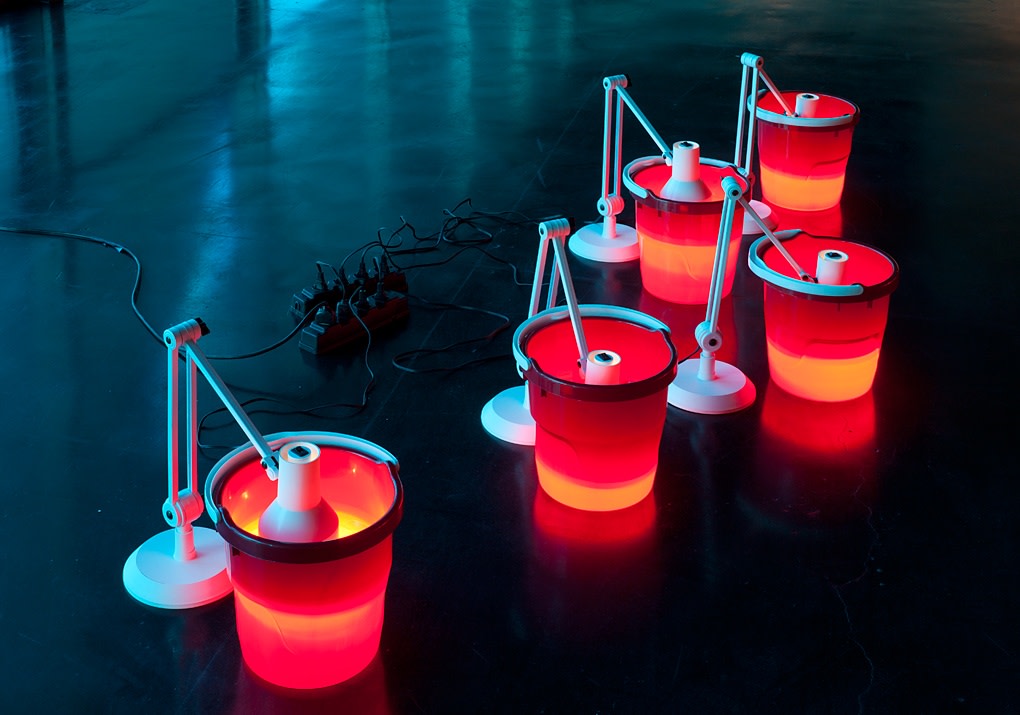 | Dominique Gonzalez-Foerster, Untitled, 1987/2015 (detail), plastic red buckets and white architect lamps, 15 buckets: 25 x 26 x 26 cm each
Exhibition view: Dominique Gonzalez-Foerster, Temporama, Museu de Arte Moderna, Rio de Janeiro, 2015
© VG Bild-Kunst, Bonn, 2020. Photos © Pat Kilgore | |
|
|
|
